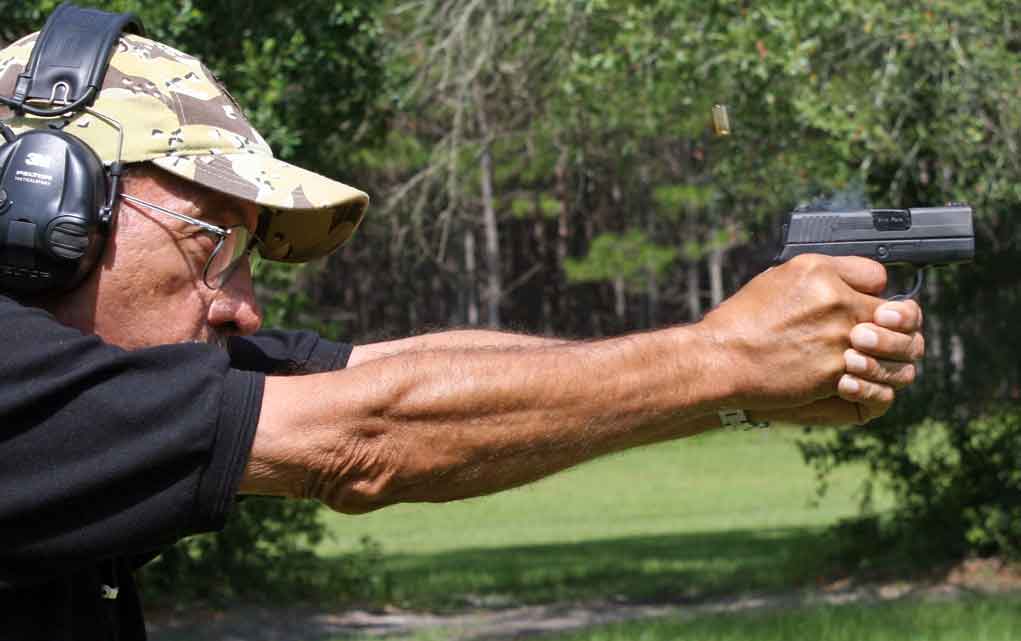Obviously, I really loved your post.
I have not been an instructor since the early 1970s and have no interest in doing so now except to help a few new shooters I like or family. I understand there are many pursuing their dreams as instructors and competitive shooters and I really try and stay away from disagreeing with them - except maybe in private and only if they ask.
I once had the good fortune to hang out once in a while with some guys that were the real thing who had been in numerous gun fights while on the job. In fairness to today's crop of experts, both society and the rules of engagement have changed and they really haven't (for the most part) been experienced in real life and death encounters. As a result, most of what they have learned is from tactical games and ranges and those activities favor certain tactics that are perhaps appropriate for uniformed personnel or SWAT activities, but not of great use to lone good guys/gals that are abruptly challenged.
The penning and release of Unrepentant Sinner and the subsequent backlash against Charles Askins also taught many a real lesson. I knew him and he paid mightily for that book. I also knew Skeeter Skelton who did not miss the message so his writings were more entertaining and lighthearted than his experiences would dictate. Askins, Jordan, and others were not about to cross Skelton, but that side of him did not show up in his writings. That lesson has also kept people who have real experience from talking about their experiences very much including a few of the more current generation who could teach a great deal about close quarters survival.
Thus we are left with a whole generation of trainers and writers who have never been shot or shot anyone as part of a serious social situation. Some of the great ones like Jim Cirillo for example, did end up instructing at places like FLETC. Cirillo was a big proponent of point shooting but would also insist people needed to learn when to point shoot and when to use the sights and be equally good at both.
I have my own opinions based on my own experiences but I will only say I admire some trainers and writers more than others.

 gundigest.com
gundigest.com

